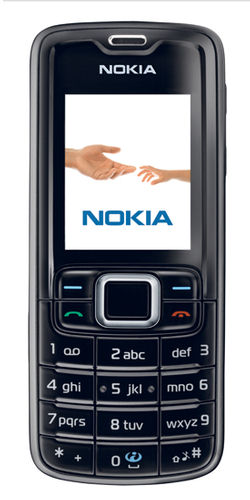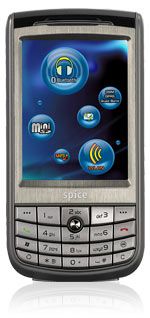Mobile phone theft whom to blame?
Mobile phone theft is on the rise in India.
A huge section of India’s working population use public transport.
IT, Call center jobs have lead to an increase in purchasing power.
Low Cost handsets have also lead to an increase in mobile phone users.
In a country of vast geographical distribution, the mobile phone has
transformed from being a luxury to a bare necessity. Cell phones have
become so common and theft also has risen dramatically over the past 2
years.
Major locations where theft occurs are railway stations, bus
stops, traffic signals, pathways Motorists who use their mobile when
driving might not only be risking their lives but also be a potential
target for the culprits. Of late there have been too many incidences of
bikers being robbed on roadways.
Insurance Cos had stopped offering Mobile Theft Insurance due to a
large number of false claims.
When you loose your mobile phone, more than anything it’s the personal
information that really matters.
Some pointers to avoid mobile theft
* Avoid using your mobile phone in heavily crowded areas
* Avoid using your mobile phone in public transport
* Avoid lending your mobile phone to strangers who might try to trick you
* Don’t talk while driving
* Avoid leaving your handset in your vehicle
* Do not leave you phone unattended in any place, even at your home









